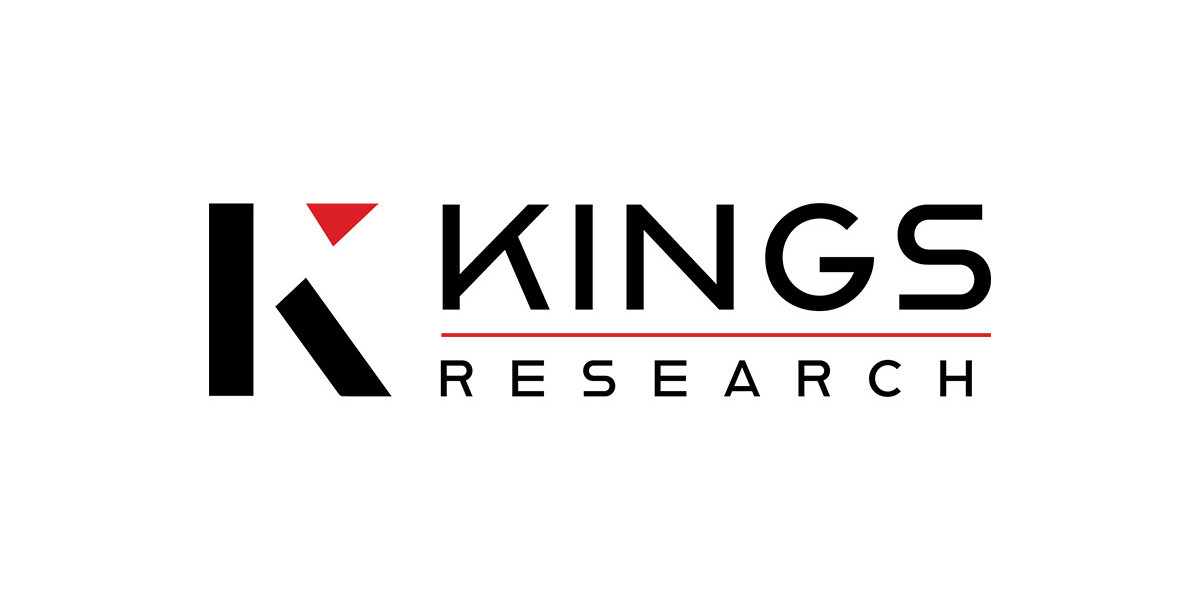Introduction
Tattoos have surged in popularity over the last few decades, with millions of individuals embracing body art as a form of personal expression. However, as tastes evolve and life circumstances change, the demand for tattoo removal has also increased. Traditional methods of tattoo removal often proved to be painful, expensive, and less effective, leading to the development of advanced laser technologies. As we move forward into the future, innovations in laser tattoo removal are reshaping the landscape, making the process more efficient, comfortable, and accessible. This article delves into the latest advancements, emerging trends, and what the future holds for Laser Tattoo Removal Oman.
The Evolution of Laser Tattoo Removal
Early Methods of Tattoo Removal
Before the advent of laser technology, methods for tattoo removal included surgical excision, dermabrasion, and chemical peels. These methods were often painful, could lead to scarring, and were not always effective. As the popularity of tattoos grew, the need for a safer and more effective removal technique became evident.
The Introduction of Laser Technology
Laser tattoo removal emerged in the late 20th century as a groundbreaking solution. The use of lasers allowed for targeted treatment, minimizing damage to surrounding skin. The first successful laser used for tattoo removal was the Q-switched laser, which utilized short, high-energy pulses to break down ink particles in the skin. Over time, advancements in laser technology have led to more effective and efficient methods of tattoo removal.
Innovations in Laser Technology
Pico Technology
One of the most significant innovations in laser tattoo removal is the development of pico technology. Pico lasers operate using extremely short pulses of energy, measured in picoseconds (trillionths of a second). This rapid energy delivery allows for more efficient fragmentation of ink particles, leading to faster removal with fewer sessions required. The use of pico technology also reduces the risk of skin damage and minimizes discomfort during treatment.
Multi-Wavelength Lasers
Traditionally, laser tattoo removal required different lasers to target various ink colors effectively. However, multi-wavelength lasers can emit different wavelengths of light, allowing practitioners to treat multiple ink colors in a single session. This innovation not only streamlines the removal process but also enhances effectiveness, as different colors of ink absorb different wavelengths.
Improved Patient Comfort
Recent advancements also focus on enhancing patient comfort during the removal process. Cooling devices and numbing agents are now commonly used to minimize pain and discomfort. Additionally, technologies such as vibration and ultrasound have been integrated into the treatment process to distract patients and reduce their perception of pain.
Trends in Laser Tattoo Removal
Increasing Demand for Removal Services
As societal attitudes towards tattoos evolve, more individuals seek to remove their ink. This shift is partly driven by younger generations prioritizing career opportunities and personal aesthetics. Furthermore, a growing awareness of the possibility of tattoo removal has led to increased inquiries and consultations.
Customization and Personalization
In line with broader trends in healthcare, customization and personalization are becoming essential aspects of laser tattoo removal. Practitioners are increasingly tailoring treatment plans to individual patients, considering factors such as skin type, tattoo age, ink color, and personal pain tolerance. This individualized approach enhances the effectiveness of treatments and improves patient satisfaction.
The Rise of Home Tattoo Removal Kits
With the rise of DIY culture, home tattoo removal kits are gaining popularity. While these kits typically do not utilize laser technology, they often employ alternative methods such as topical creams or light therapy. Although they may offer a convenient option for some, it is crucial to highlight that professional treatments are generally more effective and safer.
The Future Landscape of Laser Tattoo Removal
Integration of AI and Machine Learning
The future of laser tattoo removal may see the integration of artificial intelligence (AI) and machine learning to improve treatment outcomes. AI could assist practitioners in analyzing tattoo characteristics and predicting optimal treatment plans based on data from previous cases. This advancement would enhance precision and effectiveness in laser tattoo removal.
Focus on Minimally Invasive Techniques
As technology continues to advance, the focus on minimally invasive techniques is likely to grow. Future innovations may include more sophisticated lasers that require even fewer sessions and less downtime, allowing patients to return to their daily lives faster. Moreover, these advancements will further reduce the risk of scarring, making tattoo removal even more appealing.
Expansion of Accessibility
As the technology behind laser tattoo removal becomes more refined and cost-effective, it is expected that these services will become more accessible to a broader range of individuals. With increased competition among clinics and advancements in technology, prices may decrease, making removal services available to more people.
Conclusion
The future of laser tattoo removal is bright, characterized by innovations that enhance effectiveness, comfort, and accessibility. As advancements in technology continue to emerge, the tattoo removal process is evolving into a more efficient and personalized experience. With a growing demand for removal services and an increasing awareness of the options available, the landscape of laser tattoo removal is set to change dramatically in the coming years. For those considering tattoo removal, the future holds exciting possibilities, paving the way for more individuals to reclaim their skin and embrace their evolving identities.








